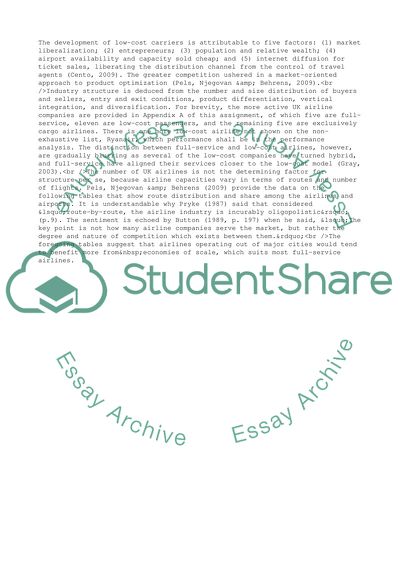Cite this document
(Is the UK Airline Industry Competitive Case Study Example | Topics and Well Written Essays - 1500 words - 27, n.d.)
Is the UK Airline Industry Competitive Case Study Example | Topics and Well Written Essays - 1500 words - 27. https://studentshare.org/business/1563382-economics
Is the UK Airline Industry Competitive Case Study Example | Topics and Well Written Essays - 1500 words - 27. https://studentshare.org/business/1563382-economics
(Is the UK Airline Industry Competitive Case Study Example | Topics and Well Written Essays - 1500 Words - 27)
Is the UK Airline Industry Competitive Case Study Example | Topics and Well Written Essays - 1500 Words - 27. https://studentshare.org/business/1563382-economics.
Is the UK Airline Industry Competitive Case Study Example | Topics and Well Written Essays - 1500 Words - 27. https://studentshare.org/business/1563382-economics.
“Is the UK Airline Industry Competitive Case Study Example | Topics and Well Written Essays - 1500 Words - 27”. https://studentshare.org/business/1563382-economics.


